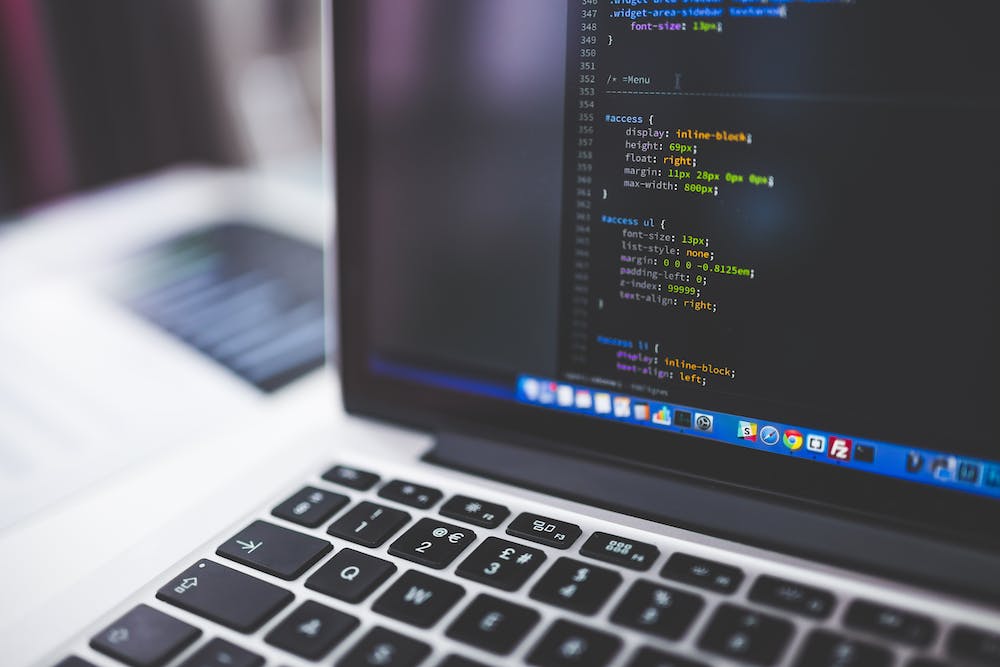
Understanding the Basics of PEP8: A Guide for Python Developers
Table of Contents:
1. Introduction
2. What is PEP8?
3. Why is PEP8 important?
4. PEP8 Guidelines: The Basics
4.1. Indentation
4.2. Naming Conventions
4.3. Line Length
4.4. Imports
4.5. Whitespace
5. Best Practices
6. Conclusion
7. FAQs
1. Introduction:
Python, one of the most popular programming languages in the world, is known for its simplicity and readability. To ensure consistency and maintainability in your Python code, adhering to certain guidelines is essential. One such guideline is PEP8, which stands for Python Enhancement Proposal 8. In this article, we will explore the basics of PEP8 and its significance for Python developers.
2. What is PEP8?
PEP8 is a style guide that provides guidelines and recommendations for Python code formatting. IT covers various aspects of writing clean and readable code, including indentation, naming conventions, line length, imports, and whitespace usage. PEP8 was created by Guido van Rossum, the creator of Python, to enhance the readability and maintainability of Python code.
3. Why is PEP8 important?
Maintaining a consistent coding style is crucial, especially when working on large projects or collaborating with other developers. PEP8 helps achieve this consistency by providing a set of guidelines that make code easier to read and understand. Consistent code style also improves code maintainability, reduces errors, and makes IT easier to spot bugs.
4. PEP8 Guidelines: The Basics
4.1. Indentation:
In Python, the use of whitespace is significant, as IT determines the structure of the code. PEP8 recommends using 4 spaces for indentation rather than tabs. Consistency in indentation is important for readability.
4.2. Naming Conventions:
PEP8 provides specific guidelines for naming variables, functions, and classes. Variable and function names should be lowercase, with words separated by underscores (snake_case). Class names, on the other hand, should be capitalized (CamelCase).
4.3. Line Length:
Long lines of code can reduce readability, so PEP8 suggests maintaining a maximum line length of 79 characters. If a line exceeds this limit, IT should be wrapped.
4.4. Imports:
PEP8 recommends organizing imports in a specific order. First, import standard library modules, followed by third-party modules, and finally, local application-specific modules. Each group of imports should be separated by a blank line.
4.5. Whitespace:
PEP8 provides guidelines for the use of whitespace in various contexts. For example, operators should be surrounded by whitespace to improve readability. Blank lines should also be used sparingly to separate logical sections within a function or class.
5. Best Practices:
While PEP8 provides guidelines, some developers may have their own preferences or project-specific requirements. IT is important to strike a balance between adhering to PEP8 and maintaining consistency within your team or organization. Identifying and adopting best practices based on your specific needs is crucial.
6. Conclusion:
Adhering to PEP8 guidelines is a fundamental aspect of writing clean and readable Python code. Following the principles outlined in PEP8 not only improves code readability, but also enhances code maintainability and collaboration among developers. By adopting these guidelines, Python developers can ensure that their code is consistent, easy to understand, and free from common formatting errors.
7. FAQs:
Q: Can I ignore PEP8 guidelines if I find them restrictive?
A: While adherence to PEP8 is highly recommended, there are some cases where you may need to deviate from the guidelines. However, IT is crucial to strike a balance between personal preferences and maintaining code consistency within a team or project.
Q: How can I enforce PEP8 guidelines in my codebase?
A: There are various tools available that can automatically detect and correct PEP8 violations in your code. Popular tools include Flake8 and Pylint. Integrating these tools into your development workflow can help maintain PEP8 compliance.
Q: Is PEP8 applicable to all Python projects?
A: PEP8 is a widely followed style guide, but IT may not be applicable to every project. Some projects may have their own style guide or specific formatting requirements. In such cases, IT is essential to adhere to the project-specific guidelines.
In conclusion, understanding and implementing PEP8 guidelines is essential for Python developers to write clean, readable code. Adhering to these guidelines not only improves code quality and maintainability but also makes collaboration among developers easier. By following the basics of PEP8, developers can ensure consistency and readability in their Python projects.





